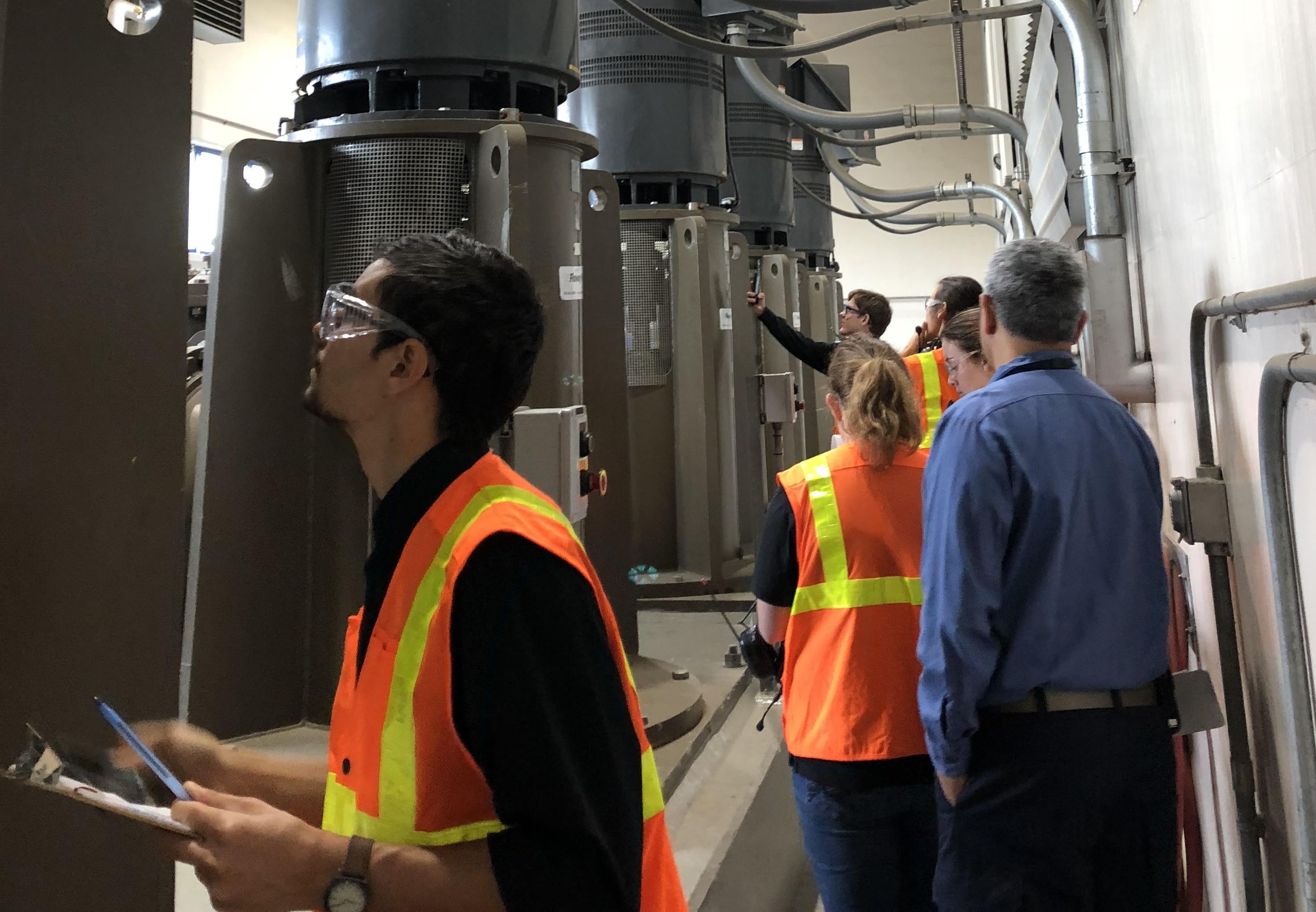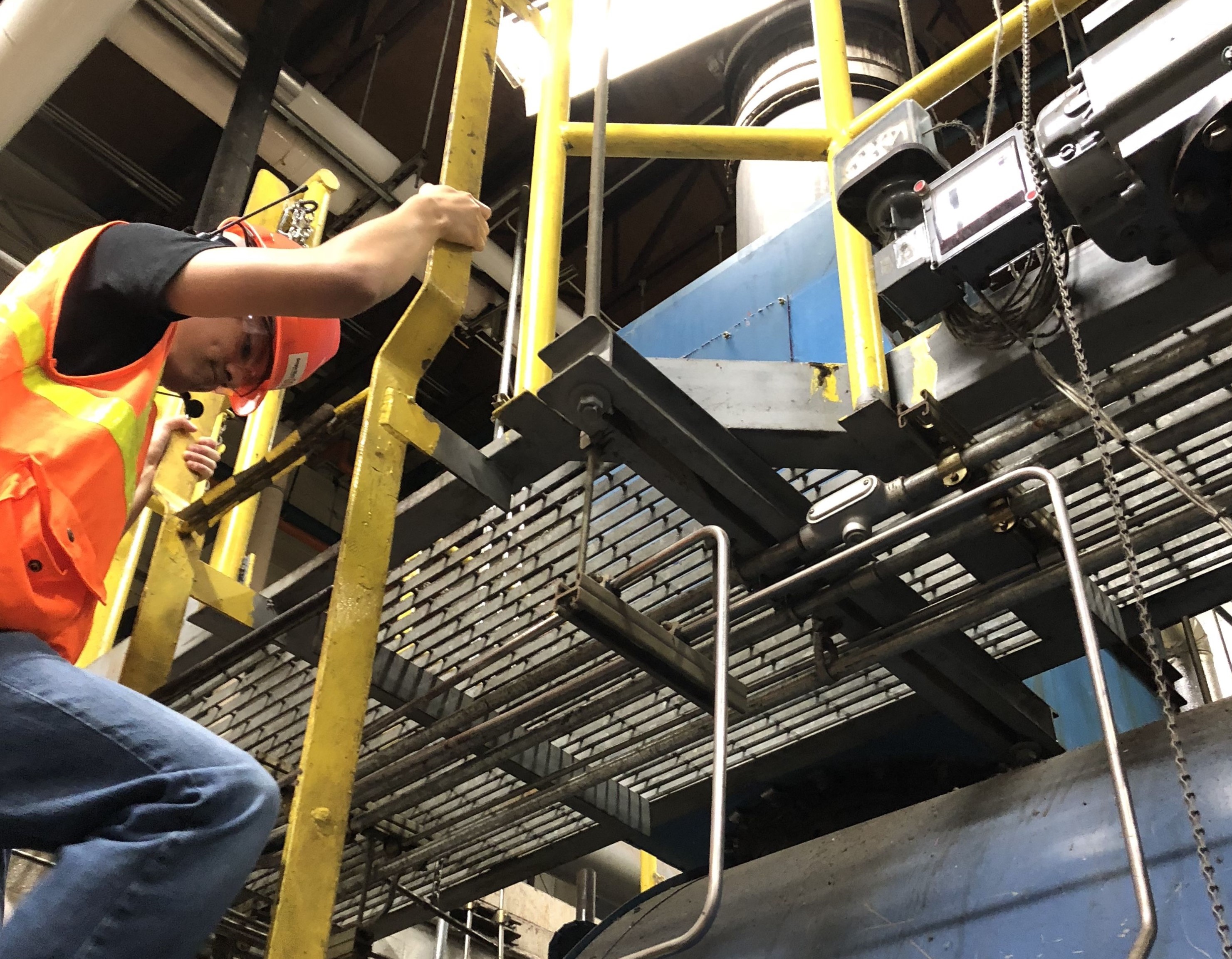
Annual Identified Cost Savings
Overall Payback Period
Recommended Opportunities

Total Identified Cost Savings
Overall Payback Period
kWh Saved Annually

Total Identified Cost Savings
Natural Gas MMBtus Saved Annually
Recommended Opportunities
As of September 2024, the national ITAC program had conducted more than 21,000 assessments with over 160,000 associated recommendations, saving U.S. companies more than $2.7 billion through efficiency and productivity improvements.
The Oregon State University EEC/ITAC has recommended more than $185 million in annual cost savings through over 800 assessments. Twenty-four percent of recommendations have been implemented, equaling $44 million in savings to manufacturers.
Facilities who receive an assessment and implement recommendations:
Through the ITACs, universities:
build valuable local industry relationships to maintain a practical focus in their engineering curriculum.
gain an edge in attracting and retaining top undergraduate and graduate engineering students.
The next generation of energy-savvy engineers is being prepared in today's ITAC program. Each year, over 700 students participate nationally, gaining valuable hands-on experience that can jump-start their engineering careers:
The Department of Energy's Office of Manufacturing and Energy Supply Chains provides financial and technical support to the ITACs. The nation's economy benefits from more competitive small and medium-sized manufacturers--- a sector that accounts for over 50 percent of U.S. manufacturing employment. Other returns include:
The primary objective of the ITAC is to identify and evaluate opportunities for increased productivity, energy conservation and waste minimization through visits to industrial sites.